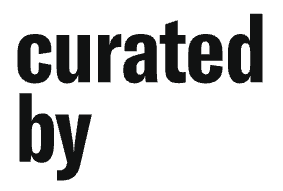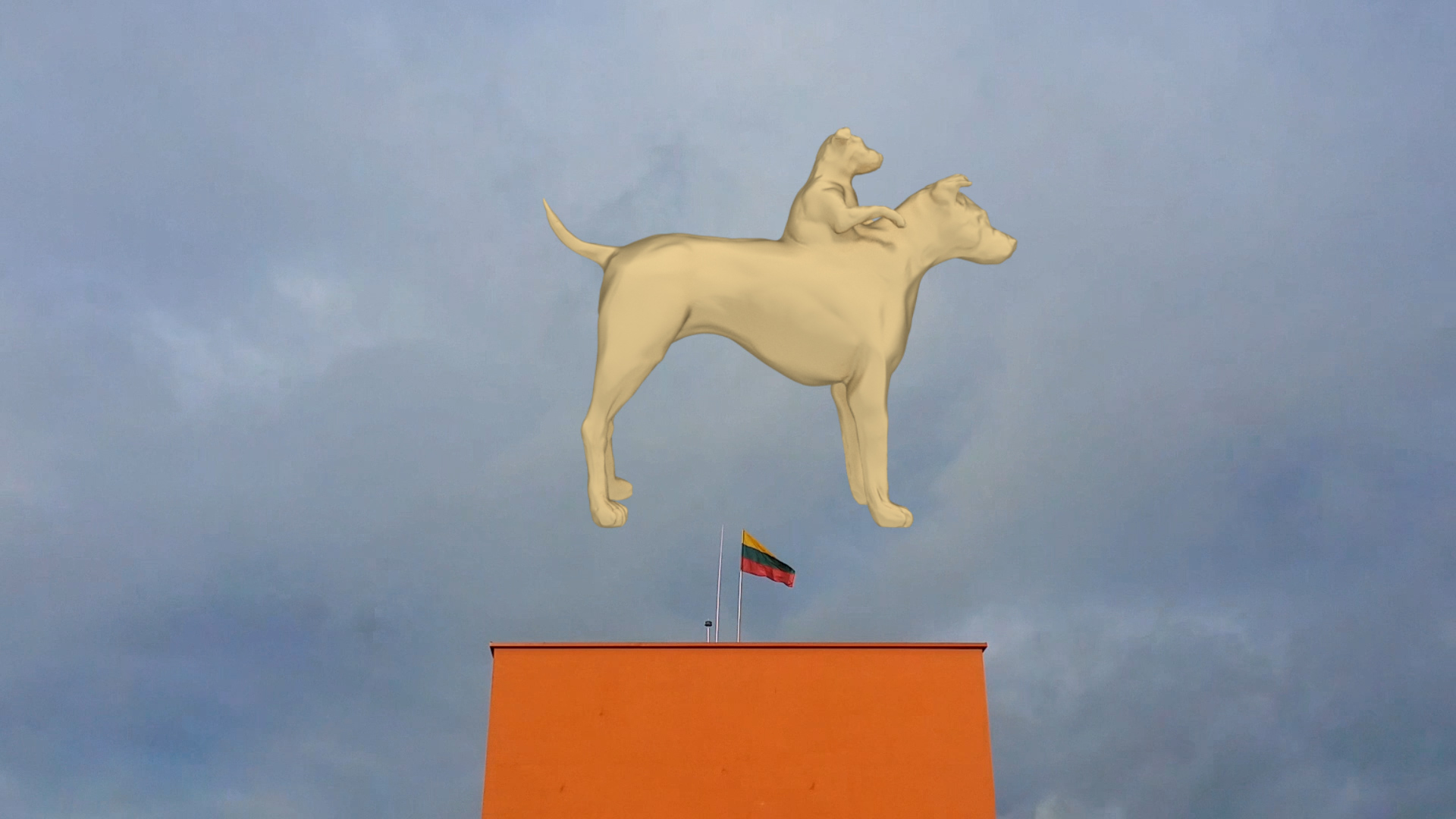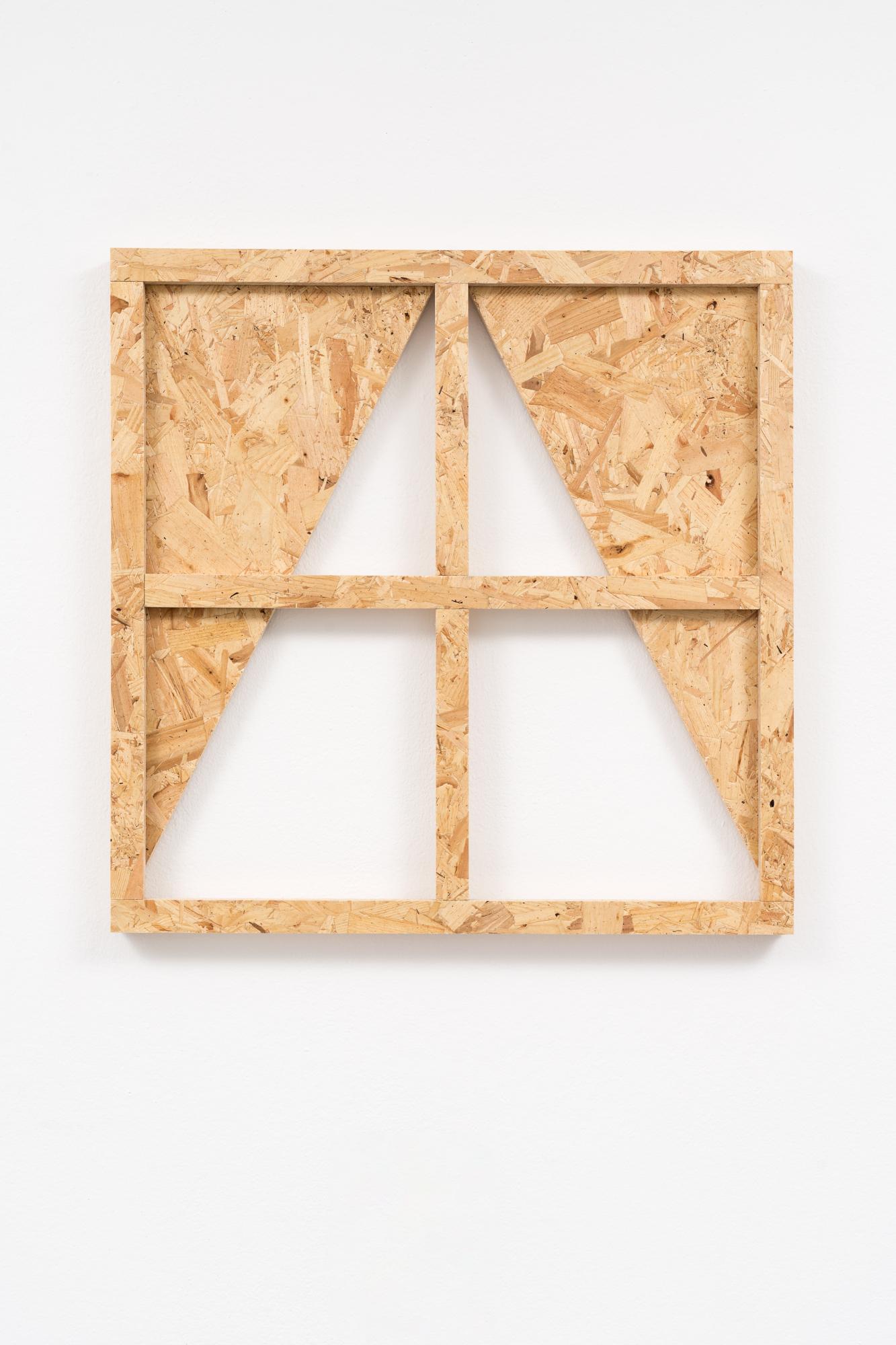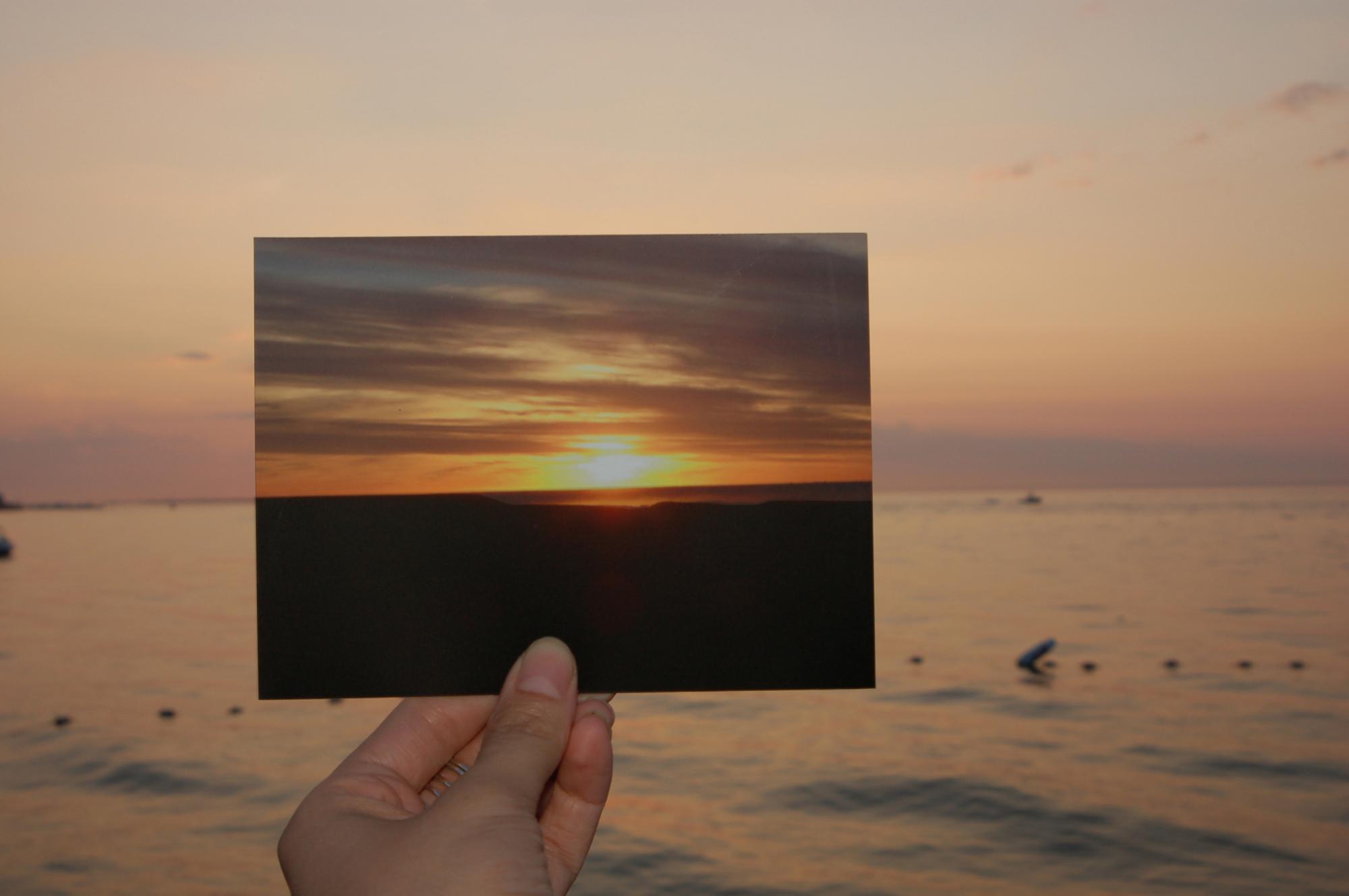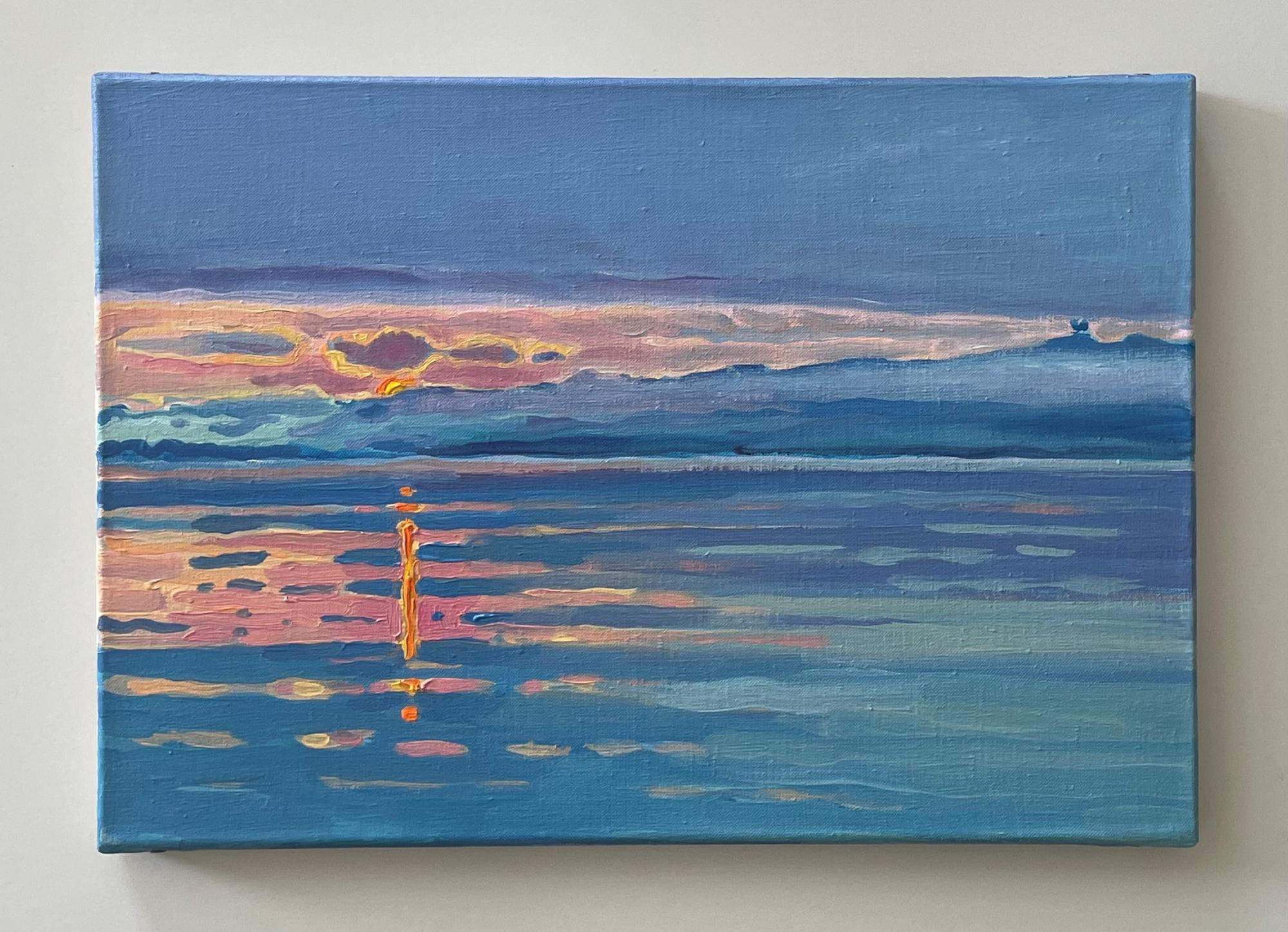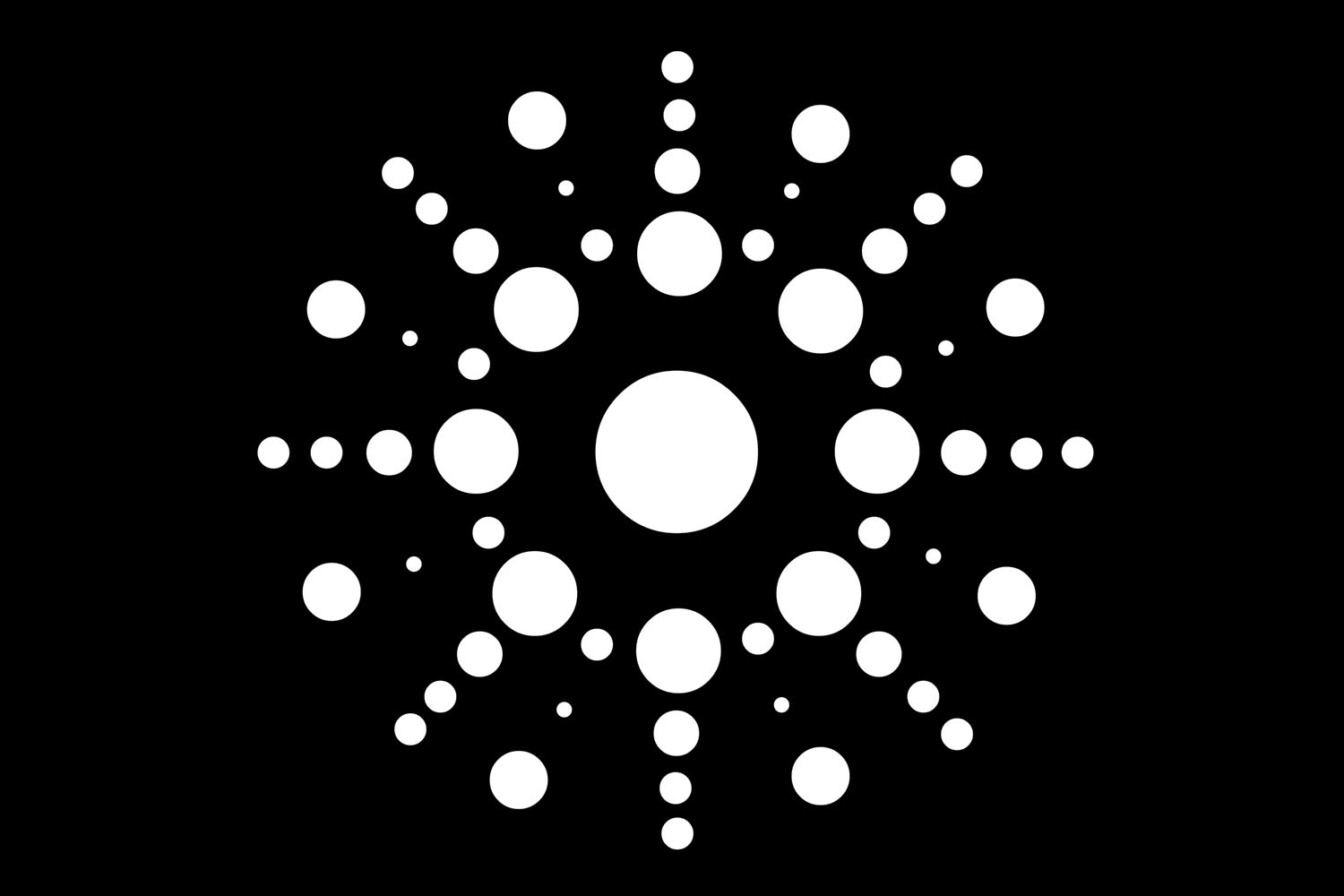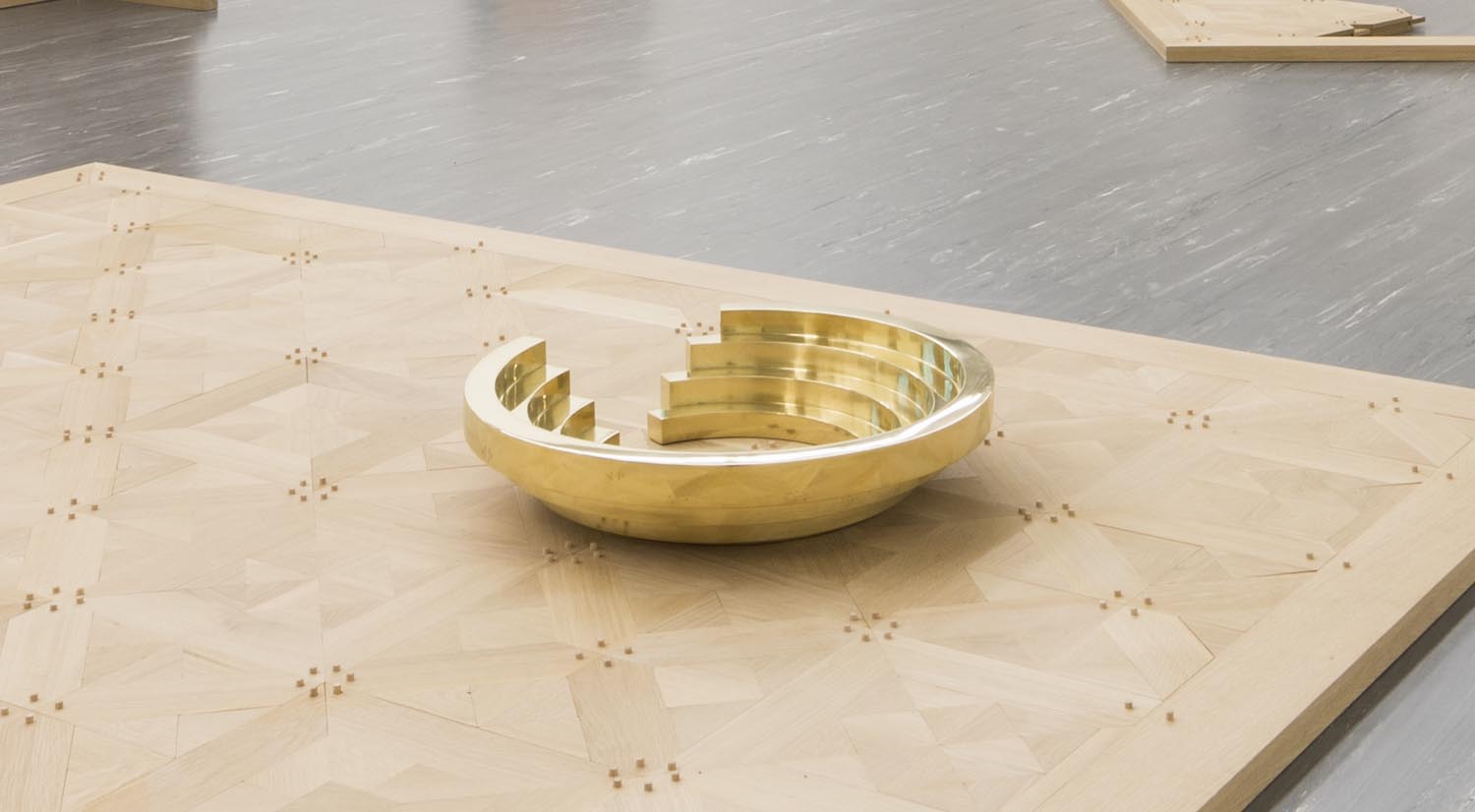GABRIELE SENN GALERIE curated by Maximilian Geymüller
„Café del Mar“

www.galeriesenn.at
Curator(s):

Maximilian Geymüller is a curator and writer from Vienna. Exhibitions (among others): Kunsthalle Wien, 21er Haus (Vienna), Ursula Blickle Foundation (Kraichtal, DE). He regularly contributes to art magazines such as Spike and teaches at the University of Applied Arts Vienna.
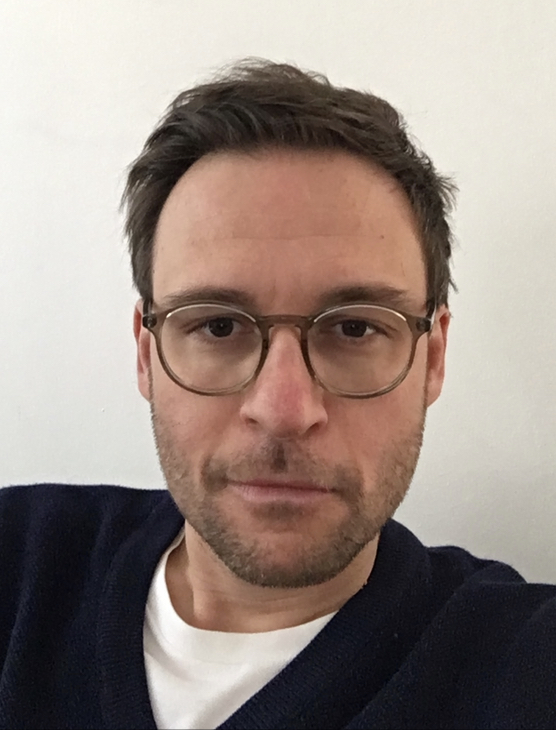
Artist(s):
- Anastasia Sosunova
- Gina Fischli
-
Lisa Oppenheim More*1975, lives in New York
- Jean-Frédéric Schnyder
- Markéta Othová
- Plamen Dejanoff
-
Tomasz Kowalski More(*1984 | PL)
Exhibition text
More
The exhibition looks at borders and their dissolution. It is about political geography in Europe, the identity and connectedness of cultural realms, the migration of signs and their meanings, their recontextualization and hybridization. The focus is on the3⁄4recently again3⁄4sharply drawn dividing line between East and West, Orient and Occident, which cannot be maintained in its clarity and is challenged or contaminated by the works in the show. The symbolic weight of sunset and sunrise as a cultural and programmatic cipher in politics is countered by the recurring spectacle of nature as a pictorial correction that paves the way to openness and a plurality of meanings. The sun and other motifs present themselves in a confusing semantic breadth, while the rigor of electronic sounds from the basement of the gallery heralds the beginning or the end of the party.
An exhibition between the literal and the metaphorical, high and low, sundowner and eclipse. A scenario of blur on the threshold of darkness.
---
The work of Jean-Frédéric Schnyder (born in 1945 in Basel) is at the core of the exhibition. Since the heyday of Conceptual art in the 1970s, he has consistently made straightforward paintings of everyday scenes that go against the dominant tendencies of the art world. The exhibition features ten paintings from a series of twenty- seven works showing sunrises at Lake Zug, painted on days when the sun was visible between 12 July and 27 December 1996. Pop as clear and fresh as early-morning air; traditional plein-air painting combined with conceptual coolness. In the background a hefty cold front is looming, however: a fundamental critique of visual representation. These recurrent images of the recurring sun are not a pageant of banality, but rather an index of contingency and diminishing significance. As one moves from one picture to the next, the idea that pictures can mean something beyond what they depict becomes less and less plausible.
In her video Demikhov-Dog, Anastasia Sosunova (born in 1993 in Ignalina, Lithuania) explores questions of cultural identity and belonging that reflect her own background as a Lithuanian with Russian origins. The dog in the work’s title is named after the Soviet scientist Vladimir Demikhov, who performed the world’s first head transplants in 1954, creating two-headed dogs that even survived, albeit briefly. She explains: “The footage used in the work was collected throughout the Baltic region, and is combined with fictitious characters, chimeric animated realities and not quite Lithuanian stories.“ The wondrous hound-creature thus becomes a figure for the multiple narratives structuring the video as well as for a hybrid sense of cultural belonging that has moved far beyond simplistic dichotomies such as East and West.
Plamen Dejanoff (born in 1970 in Sofia) makes work in which ideas transfer and hybridization are paramount: East and West, what is one’s own and what belongs to others, historical and contemporary. In Bulgaria, which has been under alternating Muslim and Christian influence throughout its history, i.e., where Orient and Occident meet and merge, the artist runs a foundation dedicated to the preservation and reconstruction of the historic capital Veliko Tarnovo. The reconstructions and replicas of culturally significant buildings and individual building elements made in the context of this project, among them The Bronze House and The Bronze Theatre, are emphatically both standalone artworks and materially souped-up advertising for his foundation. Much remains unclear, too, in the case of the 1960s Czechoslovakian art and literary magazine plamen (in English: flame), which, given that they are identically named, the artist passes off as his own. Dejanoff’s extensive probing into questions of who owns what can be read both as a 2010s take on appropriation art and as a kind of stealing—which is to say, an ironic exaggeration of Balkan stereotypes.
Two circulatory systems intersect in the slide projections of Lisa Oppenheim (born in 1975 in New York): that of the sun and that of images of it. Each image shows a sunset photographed by the artist in New York, in front of which she holds a photo of a sunset in Iraq, taken by a US soldier and uploaded to Flickr. This duplication triggers a chain of associations, as the setting sun becomes charged with significance, with political questions and questions about media technologies. Is the work a commentary on America's global role, mirroring how it is both ubiquitous and disappearing? Are the simultaneous sunsets emblematic of the effects of the digital on the production and distribution of images, a virtual short-circuiting of space and time? Viewers are left with an impression of disruption and destabilization: the mediated image interrupts the beauty of the natural process; one image of the sun displaces the other; darkness is falling apace.
The work of Gina Fischli (born in 1989 in Zurich) goes still further in undermining the geographical divisions of political or cultural spaces. Like the other works in this series, the two "windows" on view are almost identical and could barely be held apart were it not for their being titled after different cardinal points. In this way, they make direct reference to the context in which they were made, namely the paralysing period of Covid lockdowns: the flattening of all perspectives and meanings, the low point of all significance. Or the exact opposite, the great moment of signs: when isolation makes everything interchangeable, since it is equally intangible, everything can mean many things.
For Tomasz Kowalski (born in 1984 in Szczebrzeszyn, Poland) the exhibition itself represents a shift in context, since his wooden object was already included in a solo show at the gallery in 2010–11. This time it is integrated as a piece of temporal flotsam or an objet trouvé, in keeping with the artist’s proximity to what has been called "new surrealism". With its cruciform cross-section, it is deployed as some kind of strange shelf, taking the title at its word.
Markéta Othová (born in 1968 in Brno) works with the medium of photography. Here she presents a series of abstract compositions that were created digitally and subsequently photographed. The concentric construction and logical conjugation of these combinations of circles have a personal, emotional origin and actually represent flower patterns. In the context of the exhibition, however, they enter into new associative relationships: radiant suns, stars, pulsating lights or variations of the Love Parade logo. The circles open and close.
Natalia Martynenko is a DJ, curator, and radio host from Kyiv whose delicate aesthetic attitude loves to experiment with a variety of electronic music genres combining leftfield motifs with raw and deconstructed sounds.
https://soundcloud.com/natalia_martynenko

